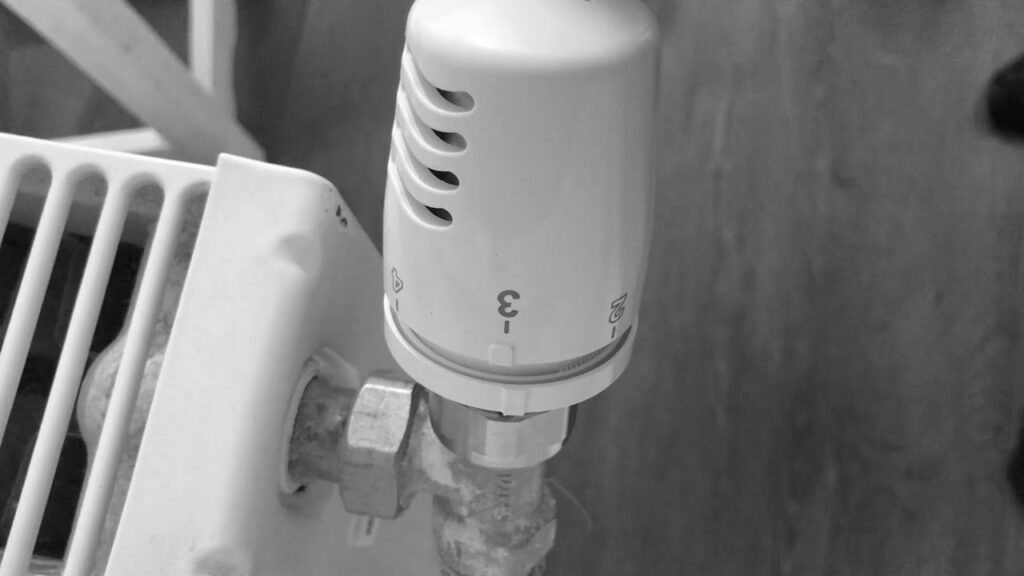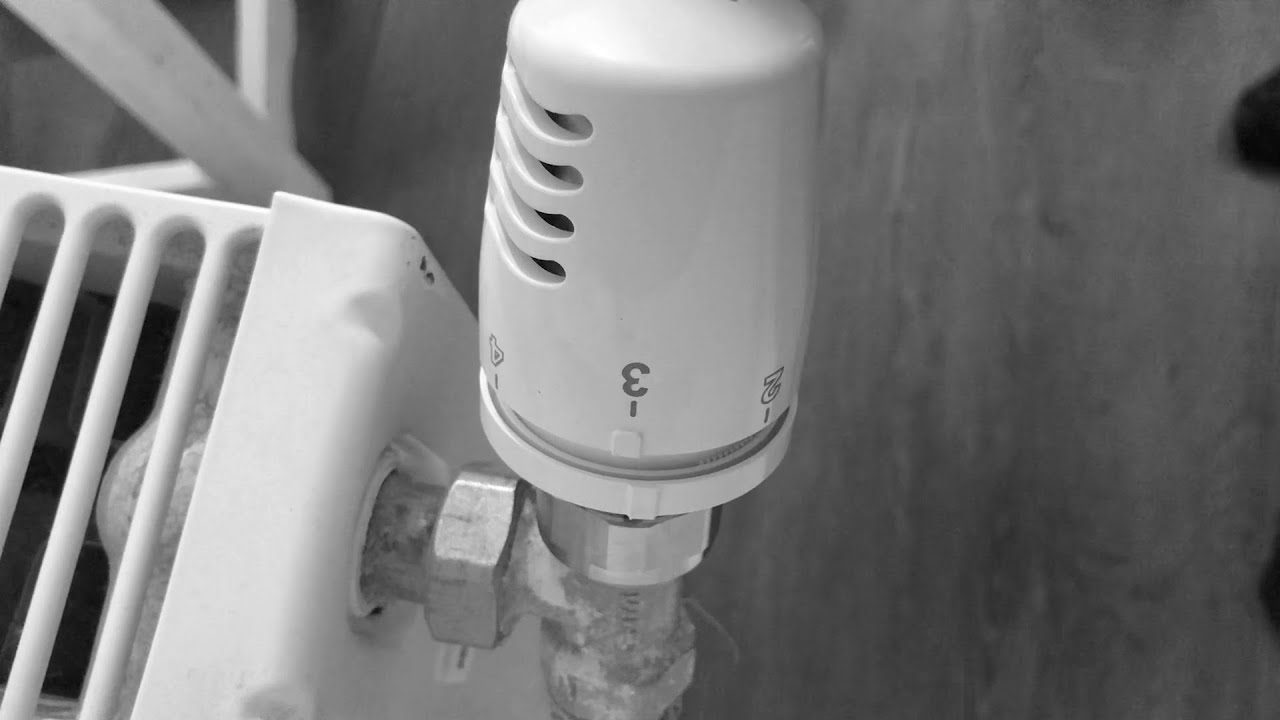
TRV Valve Stuck? A Comprehensive Guide to Troubleshooting and Solutions
A thermostatic radiator valve (TRV) is an essential component of a modern heating system, allowing for individual room temperature control and energy efficiency. However, a common issue homeowners face is a TRV valve stuck. This can lead to rooms being either too hot or too cold, negating the benefits of having a TRV in the first place. This guide provides a comprehensive overview of why a TRV valve might get stuck, how to diagnose the problem, and practical solutions to get your heating system back on track. Understanding the intricacies of a stuck TRV valve is crucial for maintaining a comfortable and efficient home.
Understanding Thermostatic Radiator Valves (TRVs)
Before diving into troubleshooting, it’s important to understand how TRVs work. A TRV regulates the flow of hot water into a radiator based on the room temperature. It consists of a valve body attached to the radiator and a thermostatic head that senses the surrounding temperature. The head contains a wax or liquid-filled element that expands or contracts as the temperature changes, pushing a pin that controls the valve opening. When the room reaches the set temperature, the valve closes, reducing the flow of hot water. If your TRV valve is stuck, this process is disrupted.
Common Causes of a Stuck TRV Valve
Several factors can contribute to a TRV valve getting stuck:
- Corrosion and Limescale Buildup: Over time, minerals in the water can accumulate inside the valve, causing it to seize up.
- Lack of Use: TRVs that are rarely adjusted can become stiff and stuck in one position.
- Pin Sticking: The pin that controls the valve opening can become stuck in the closed position, preventing the radiator from heating up.
- Debris and Sediment: Dirt and debris in the heating system can clog the valve mechanism.
- Valve Body Issues: Internal components within the valve body may fail or become damaged.
Diagnosing a Stuck TRV Valve
Identifying a stuck TRV valve is the first step to resolving the issue. Here’s how to diagnose the problem:
- Check the Radiator Temperature: If the radiator is cold while others in the house are heating up, the TRV valve may be stuck in the closed position. Conversely, if the radiator is always hot regardless of the setting, the valve may be stuck open.
- Inspect the TRV Head: Remove the thermostatic head and visually inspect the pin. It should move freely when pressed. If it’s stuck or feels gritty, this is a sign of a problem.
- Test the Pin: Gently push the pin in and out several times. If it’s stuck, try lubricating it with a silicone-based lubricant (avoid oil-based lubricants, as they can damage the rubber seals).
- Listen for Noise: A hissing or gurgling sound from the radiator may indicate a stuck valve or air trapped in the system.
- Check for Leaks: Look for any signs of water leakage around the valve body, which could indicate a damaged seal or corrosion.
Solutions for a Stuck TRV Valve
Once you’ve diagnosed a stuck TRV valve, you can try the following solutions:
Manual Adjustment
Sometimes, simply manually adjusting the valve can free it up. Turn the valve head to its highest setting and then back to its lowest several times. This may dislodge any minor obstructions.
Pin Manipulation
As mentioned earlier, the pin can often be the culprit. Remove the TRV head and gently push the pin in and out repeatedly. Use pliers if necessary, but be careful not to damage the pin. Apply a silicone-based lubricant to the pin to help it move more freely. [See also: Radiator Maintenance Tips]
Tapping the Valve Body
Gently tapping the valve body with a rubber mallet can sometimes dislodge internal obstructions. Be careful not to hit the valve too hard, as this could cause damage.
Bleeding the Radiator
Air trapped in the radiator can sometimes mimic the symptoms of a stuck TRV valve. Use a radiator key to bleed the radiator, releasing any trapped air. This can improve the radiator’s performance and potentially resolve the issue.
Balancing the Heating System
An unbalanced heating system can cause uneven heat distribution, making it seem like a TRV valve is stuck. Balancing involves adjusting the lockshield valves on each radiator to ensure that hot water flows evenly throughout the system. This is a more complex process and may require professional assistance. [See also: How to Balance Your Radiators]
Cleaning the Valve
If the above methods fail, the valve may need to be cleaned. This involves isolating the radiator, draining the water, and removing the valve body. Once removed, you can inspect the valve for debris and corrosion. Clean the valve thoroughly with a wire brush and a suitable cleaning solution. Reassemble the valve and refill the radiator.
Professional Assistance
If you’ve tried all the above solutions and the TRV valve is still stuck, it may be time to call a professional plumber or heating engineer. They have the expertise and tools to diagnose more complex issues and perform repairs or replacements as needed. A professional can also identify underlying problems with your heating system that may be contributing to the issue.
Preventative Measures
Preventing a TRV valve from getting stuck is often easier than fixing it. Here are some preventative measures you can take:
- Regular Adjustment: Adjust your TRVs regularly, even if you don’t need to change the temperature. This helps keep the valve mechanism moving and prevents it from seizing up.
- Annual Maintenance: Have your heating system serviced annually by a qualified professional. They can inspect the TRVs and other components for signs of wear and tear and perform necessary maintenance.
- Use a Central Heating Inhibitor: A central heating inhibitor helps prevent corrosion and limescale buildup in your heating system, protecting your TRVs and other components.
- Flush the System: Periodically flush your heating system to remove any accumulated debris and sediment. This can help prevent clogs and improve overall system efficiency.
When to Replace a TRV Valve
In some cases, a stuck TRV valve may be beyond repair and require replacement. Here are some signs that it’s time to replace your TRV:
- Severe Corrosion: If the valve body is heavily corroded, it’s likely beyond repair.
- Damaged Threads: Stripped or damaged threads on the valve body can make it impossible to tighten connections properly.
- Constant Leaks: If the valve is constantly leaking, even after attempting repairs, it’s time to replace it.
- Age: TRVs have a limited lifespan. If your TRVs are more than 10-15 years old, they may be nearing the end of their useful life.
Replacing a TRV is a relatively straightforward process, but it’s important to choose a compatible replacement valve and follow the manufacturer’s instructions carefully. If you’re not comfortable performing the replacement yourself, it’s best to hire a professional.
The Importance of Efficient Heating
Maintaining a properly functioning heating system, including TRVs, is crucial for energy efficiency and comfort. A stuck TRV valve can lead to wasted energy and increased heating costs. By understanding the causes of a stuck TRV valve and taking preventative measures, you can ensure that your heating system operates efficiently and effectively. Regular maintenance and timely repairs can save you money on your energy bills and prolong the life of your heating system. Addressing a TRV valve stuck promptly ensures even heat distribution and optimal comfort throughout your home.
Conclusion
A TRV valve stuck is a common problem that can be frustrating for homeowners. However, by understanding the causes, diagnosis, and solutions outlined in this guide, you can effectively troubleshoot and resolve the issue. Whether it’s a simple manual adjustment or a more complex cleaning or replacement, taking the time to address a stuck TRV valve will ensure a comfortable and energy-efficient home. Remember to prioritize preventative measures to avoid future problems and consider seeking professional assistance when needed. Keeping your TRVs in good working order is a key component of a well-maintained and efficient heating system. Don’t ignore a TRV valve stuck, as it can lead to bigger problems down the road.

